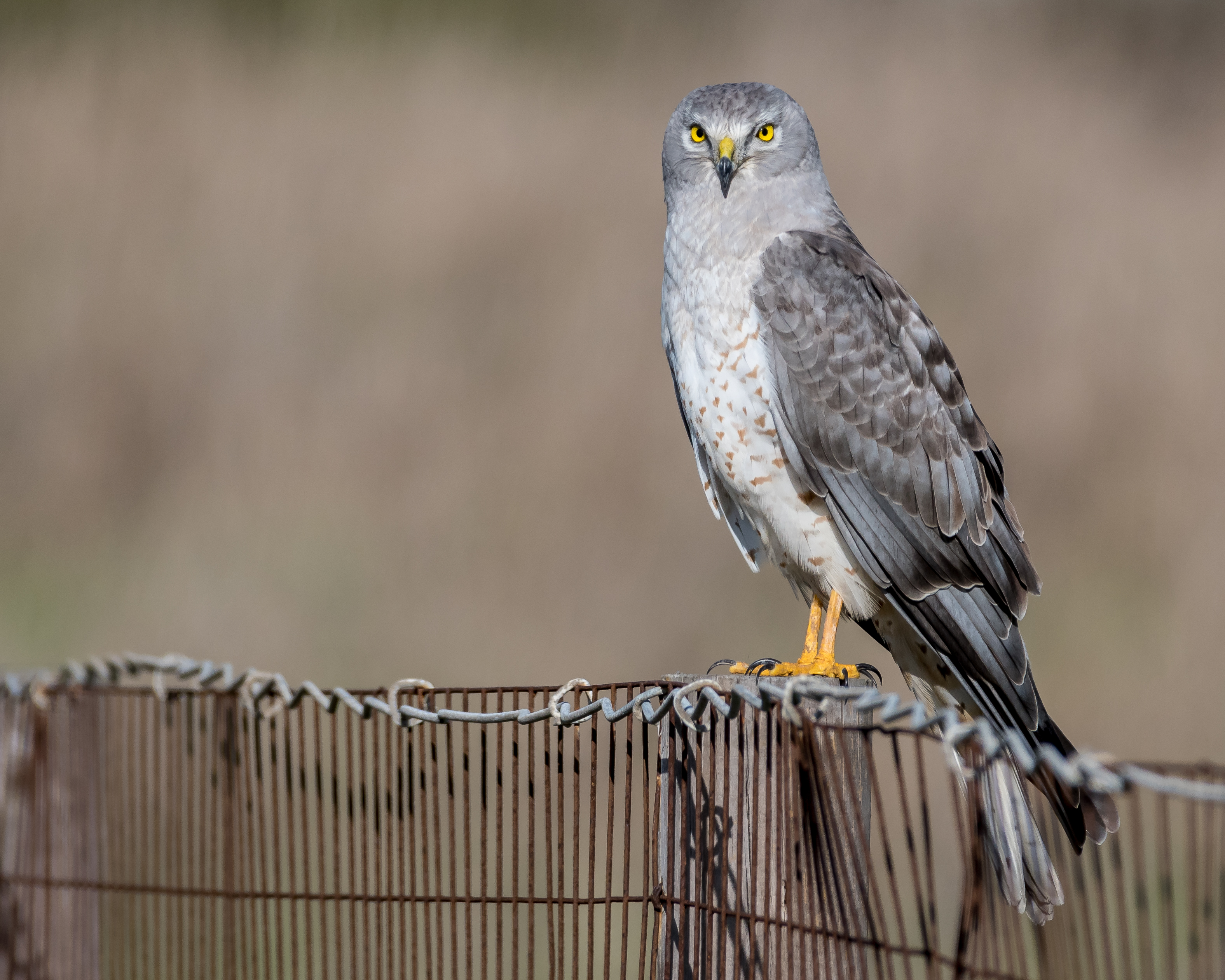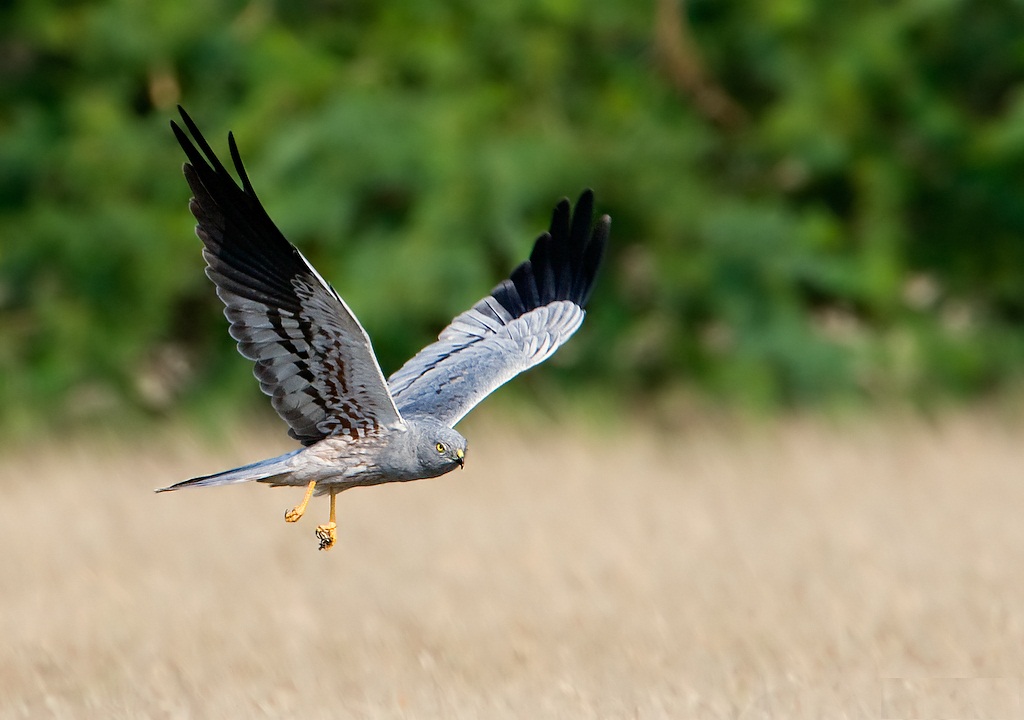Circus (bird) on:
[Wikipedia]
[Google]
[Amazon]
A harrier is any of the several species of diurnal
 The
The

Harrier videos
on the Internet Bird Collection
Harrier videos on the Internet Bird Collection
* {{DEFAULTSORT:Harrier (Bird)
hawk
Hawks are birds of prey of the family Accipitridae. They are widely distributed and are found on all continents except Antarctica.
* The subfamily Accipitrinae includes goshawks, sparrowhawks, sharp-shinned hawks and others. This subfa ...
s sometimes placed in the subfamily Circinae of the bird of prey
Birds of prey or predatory birds, also known as raptors, are hypercarnivorous bird species that actively hunt and feed on other vertebrates (mainly mammals, reptiles and other smaller birds). In addition to speed and strength, these predator ...
family
Family (from la, familia) is a group of people related either by consanguinity (by recognized birth) or affinity (by marriage or other relationship). The purpose of the family is to maintain the well-being of its members and of society. Idea ...
Accipitridae
The Accipitridae is one of the three families within the order Accipitriformes, and is a family of small to large birds with strongly hooked bills and variable morphology based on diet. They feed on a range of prey items from insects to medium- ...
. Harriers characteristically hunt by flying low over open ground, feeding on small mammals, reptiles, or birds. The young of the species are sometimes referred to as ring-tail harriers. They are distinctive with long wings, a long narrow tail, the slow and low flight over grasslands and skull peculiarities. The harriers are thought to have diversified with the expansion of grasslands and the emergence of grasses about 6 to 8 million years ago during the Late Miocene and Pliocene.
Taxonomy
 The
The genus
Genus ( plural genera ) is a taxonomic rank used in the biological classification of living and fossil organisms as well as viruses. In the hierarchy of biological classification, genus comes above species and below family. In binomial n ...
''Circus'' was introduced by the French naturalist Bernard Germain de Lacépède
Bernard-Germain-Étienne de La Ville-sur-Illon, comte de Lacépède or La Cépède (; 26 December 17566 October 1825) was a French naturalist and an active freemason. He is known for his contribution to the Comte de Buffon's great work, the ...
in 1799. The type species
In zoological nomenclature, a type species (''species typica'') is the species name with which the name of a genus or subgenus is considered to be permanently taxonomically associated, i.e., the species that contains the biological type specimen( ...
was subsequently designated as the western marsh harrier
The western marsh harrier (''Circus aeruginosus'') is a large harrier, a bird of prey from temperate and subtropical western Eurasia and adjacent Africa. It is also known as the Eurasian marsh harrier. Formerly, a number of relatives were includ ...
. Most harriers are placed in this genus. The word ''Circus'' is derived from the Ancient Greek
Ancient Greek includes the forms of the Greek language used in ancient Greece and the ancient world from around 1500 BC to 300 BC. It is often roughly divided into the following periods: Mycenaean Greek (), Dark Ages (), the Archaic p ...
''kirkos'', referring to a bird of prey named for its circling flight (''kirkos'', "circle"), probably the hen harrier
The hen harrier (''Circus cyaneus'') is a bird of prey. It breeds in Eurasia. The term "hen harrier" refers to its former habit of preying on free-ranging fowl.
It migrates to more southerly areas in winter. Eurasian birds move to southern Eu ...
. The name ''harrier'' is thought to have been derived either from Harrier (dog)
The Harrier is a medium-sized dog breed of the hound class,
used for hunting hares by trailing them. It resembles an English Foxhound but is slightly smaller, though not as small as a Beagle. The breed has been used since the mid 13th cent ...
, or by a corruption of '' harrower'', or directly from ''harry
Harry may refer to:
TV shows
* ''Harry'' (American TV series), a 1987 American comedy series starring Alan Arkin
* ''Harry'' (British TV series), a 1993 BBC drama that ran for two seasons
* ''Harry'' (talk show), a 2016 American daytime talk show ...
''.
Ring-tails
''Ring-tail'' is an informal term used bybirder
Birdwatching, or birding, is the observing of birds, either as a recreational activity or as a form of citizen science. A birdwatcher may observe by using their naked eye, by using a visual enhancement device like binoculars or a telescope, by ...
s for the juveniles and females of several harrier species when seen in the field and not identifiable to an exact species. Ring-tail harriers include the juveniles and females of Montagu's harrier
Montagu's harrier (''Circus pygargus'') is a migratory bird of prey of the harrier family. Its common name commemorates the British naturalist George Montagu.
Taxonomy
The first formal description of Montagu's harrier was by the Swedish na ...
(''Circus pygargus''), hen harrier
The hen harrier (''Circus cyaneus'') is a bird of prey. It breeds in Eurasia. The term "hen harrier" refers to its former habit of preying on free-ranging fowl.
It migrates to more southerly areas in winter. Eurasian birds move to southern Eu ...
(''Circus cyaneus''), and pallid harrier
The pale or pallid harrier (''Circus macrourus'') is a migratory bird of prey of the harrier subfamily. The scientific name is derived from the Ancient Greek. ''Circus'' is from ''kirkos'', referring to a bird of prey named for its circling flig ...
(''Circus macrourus'').
Species
The genus contains 16 species: *Montagu's harrier
Montagu's harrier (''Circus pygargus'') is a migratory bird of prey of the harrier family. Its common name commemorates the British naturalist George Montagu.
Taxonomy
The first formal description of Montagu's harrier was by the Swedish na ...
, ''Circus pygargus'' – Eurasia, winters in Africa and India
* Hen harrier
The hen harrier (''Circus cyaneus'') is a bird of prey. It breeds in Eurasia. The term "hen harrier" refers to its former habit of preying on free-ranging fowl.
It migrates to more southerly areas in winter. Eurasian birds move to southern Eu ...
, ''Circus cyaneus'' – Eurasia
* Northern harrier
The northern harrier (''Circus hudsonius''), or ring-tailed hawk, is a bird of prey. It breeds throughout the northern parts of the northern hemisphere in Canada and the northernmost USA.
The northern harrier migrates to more southerly are ...
, ''Circus hudsonius'' – North America
* Western marsh harrier
The western marsh harrier (''Circus aeruginosus'') is a large harrier, a bird of prey from temperate and subtropical western Eurasia and adjacent Africa. It is also known as the Eurasian marsh harrier. Formerly, a number of relatives were includ ...
, ''Circus aeruginosus'' – Europe, western Asia; winter range includes Africa and India.
* Eastern marsh harrier
The eastern marsh harrier (''Circus spilonotus'') is a bird of prey belonging to the marsh harrier group of harriers. It was previously considered to be conspecific with the western marsh harrier (''Circus aeruginosus'') but is now usually cla ...
, ''Circus spilonotus'' – Asia (migratory)
* African marsh harrier
The African marsh harrier (''Circus ranivorus'') is a bird of prey belonging to the harrier genus ''Circus''. It is largely resident in wetland habitats in southern, central and eastern Africa from South Africa north to South Sudan.
Description
...
, ''Circus ranivorus'' – southern and central Africa
* Swamp harrier
The swamp harrier (''Circus approximans''), also known as the Australasian marsh harrier, Australasian harrier or swamp-hawk, is a large, slim bird of prey widely distributed across Australasia. In New Zealand it is also known as the harrier hawk ...
, ''Circus approximans'' – New Zealand, Australia, Pacific islands
* Papuan harrier
The Papuan harrier (''Circus spilothorax'') is a bird of prey native to New Guinea which belongs to the harrier genus ''Circus''. It was classified as a subspecies of the eastern marsh harrier (''Circus spilonotus'') of eastern Asia.
It is thin ...
, ''Circus spilothorax'' – New Guinea (formerly treated as a subspecies of ''C. spilonotus'', then ''C. approximans'', but now considered distinct)
* Malagasy harrier
The Malagasy harrier (''Circus macrosceles'') is a bird of prey belonging to the marsh harrier group of harriers. It inhabits Madagascar and the Comoro Islands in the Indian Ocean. It was formerly regarded as a subspecies of the Réunion harri ...
, ''Circus macrosceles'' (formerly in ''C. maillardi'') – Indian Ocean (Madagascar and the Comoro Islands)
* Réunion harrier
The Réunion harrier or Réunion marsh harrier (''Circus maillardi'') is a bird of prey belonging to the marsh harrier group of harriers. It is now found only on the Indian Ocean island of Réunion, although fossil material from Mauritius has b ...
, ''Circus maillardi'' – (Indian Ocean) Réunion Island
* Long-winged harrier
The long-winged harrier (''Circus buffoni'') is a common bird of prey species endemic to South America. They are members of the family Accipitridae, under the genus ''Circus'' which encompasses other harrier species. Its range encompasses most of ...
, ''Circus buffoni'' – South America
* Spotted harrier, ''Circus assimilis'' – Australia, Indonesia
* Black harrier, ''Circus maurus'' – southern Africa
* Cinereous harrier, ''Circus cinereus'' – South America
* Pallid harrier
The pale or pallid harrier (''Circus macrourus'') is a migratory bird of prey of the harrier subfamily. The scientific name is derived from the Ancient Greek. ''Circus'' is from ''kirkos'', referring to a bird of prey named for its circling flig ...
, ''Circus macrourus'' – migratory: eastern Europe, Asia, Africa (winter)
* Pied harrier
The pied harrier (''Circus melanoleucos'') is an Asian species of bird of prey in the family Accipitridae. It is migratory, breeding from the Amur valley in eastern Russia and north-eastern China to North Korea. Wintering individuals can be foun ...
, ''Circus melanoleucos'' – Asia
Fossils
*Eyles's harrier
Eyles's harrier (''Circus teauteensis'') is an extinct bird of prey which lived in New Zealand. Its closest relative is the smaller Swamp harrier (''Circus approximans''), which arrived in New Zealand after its extinction.
Name
This species was ...
, ''Circus eylesi'' (prehistoric
Prehistory, also known as pre-literary history, is the period of human history between the use of the first stone tools by hominins 3.3 million years ago and the beginning of recorded history with the invention of writing systems. The use o ...
)
* Wood harrier, ''Circus dossenus'' (prehistoric
Prehistory, also known as pre-literary history, is the period of human history between the use of the first stone tools by hominins 3.3 million years ago and the beginning of recorded history with the invention of writing systems. The use o ...
)
The subfamily Circinae has traditionally included the genera '' Polyboroides'' and '' Geranospiza'' which include three species - the Madagascar harrier-hawk
The Madagascar harrier-hawk (''Polyboroides radiatus'') is a very large species of bird of prey in the family Accipitridae, endemic to Madagascar.
Description
The Madagascar harrier-hawk is a largish raptor with long and broad wings which when f ...
, (''Polyboroides radiatus''), the African harrier-hawk, (''Polyboroides typus'') and the crane hawk, (''Geranospiza caerulescens''). This may however not be a valid subfamily as the monophyletic genus ''Circus'' is nested within the ''Accipiter'' groups while the other two genera are paraphyletic and are part of the larger Buteonine clade. Many species in the genus ''Circus'' show very low diversity in their mitochondrial DNA due perhaps due to extreme drops in their populations. They are prone to fluctuations with varying prey densities.
References
External links
Harrier videos
on the Internet Bird Collection
Harrier videos on the Internet Bird Collection
* {{DEFAULTSORT:Harrier (Bird)